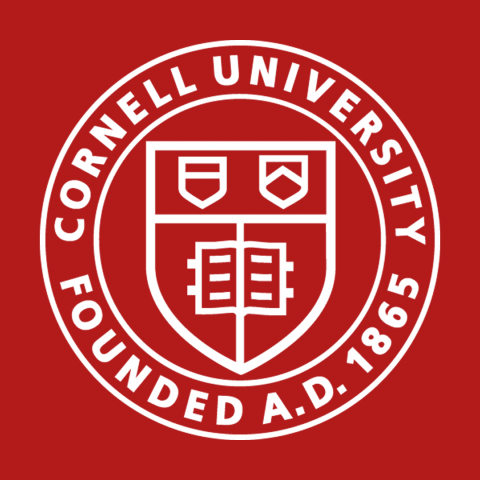Research
Theme one of the Center SUPREME aims to demonstrate breakthroughs in transistor design and fabrication technology that can deliver unprecedented performance for a wide variety of Digital and Analog applications. For this, our Center will leverage the unique properties of extreme materials, mainly two-dimensional (2D) transition metal dichalcogenides (TMD)’s, III-Nitride semiconductors and high-k dielectrics optimized for them. In addition to demonstrating the ultimate transistor structures for applications such as FEOL logic, RF and power management, we will also explore new devices with the potential to replace the transistor switch in a future beyond-CMOS platform. The system-level impact of all these devices will be carefully assessed through the development of suitable compact models.
The overarching goal of this thrust is to bridge the critical gaps in memory and storage technologies to support the compute workloads of the future. This will be accomplished by enabling materials and physics-based innovations in device technologies that are closely coupled to application-level benchmarking and workload-centric memory organization. Our research will present new approaches for three main categories of memory and storage technologies, (1) embedded memories including neuromorphic memories, namely ferroelectric, spintronic, magnetoelectric multiferroic, and electrochemical ionic devices, and 3-D embedded DRAMs, (2) scalable NAND FLASH technologies, based on vertical TMDs, and oxide semiconductors.
The research in Thrust 3 focuses on materials for electrical interconnects, materials and devices for optical chip-to-chip interconnects, material characterization and metrology, and interconnect benchmarking. During this initial performance period, all tasks have actively engaged the graduate students and postdocs in the new research directions as described in the proposal. Meetings between PIs, graduate students, and postdocs within Thrust 3 have focused on developing a clear understanding of everyone’s capabilities, specific Task goals, and effective ways for collaboration. In addition, multiple collaborations with Tasks in other SUPREME Thrusts have been established as well as other JUMP 2.0 centers including CoCoSys and CHIMES.
The aim of Thrust 4 is to develop ground-breaking new materials that will underpin the Logic & Analog, Memory, and Interconnect themes of the SUPREME center. This theme will employ a materials-by-design paradigm, whereby data-driven materials discovery will be used to inform experimental synthesis and characterization. We are focusing on four materials classes: (i) 2D channel materials, e.g., TMDs and their heterostructures; (ii) wide and ultra-wide gap p-type channel materials, such as GaN and oxides; (iii) new ferroelectrics and highly-nonlinear optical materials, e.g. AlScN; (iv) protonated oxides for electrochemical synapses. Data-driven approaches include high-throughput first-principles calculations, physics-informed computational materials design, machine learning approaches, and AI-powered autonomous robotic synthesis and characterization.


